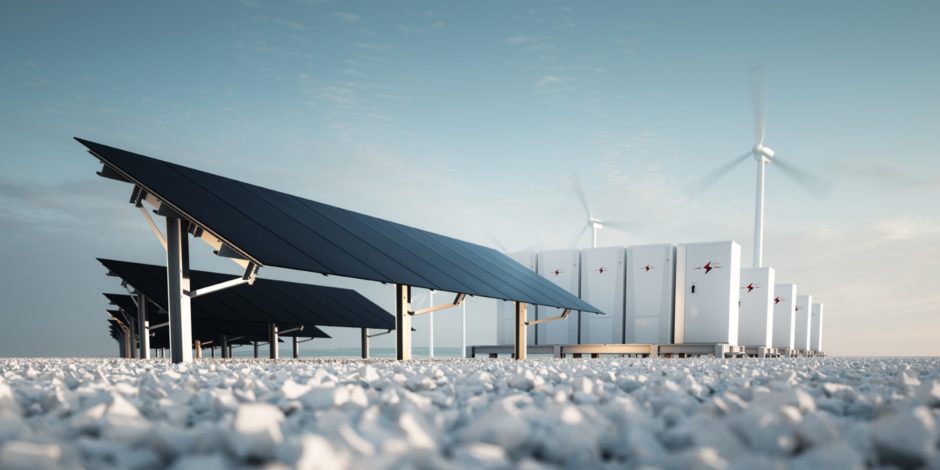
Twenty years ago, I pointed out that we were heading towards 80% of our electricity being generated from gas within two decades and 80% of that gas coming from Russia. It was true at the time.
Subsequent history shows how trajectories can change. A pipeline treaty with Norway and the boom in Qatari LNG marginalised the possibility of Russian dependency. We also got a move on with renewables.
Nonetheless, there is still quite a lot left of the underlying issue identified at that time. At a point when we were just about to become a net energy importer rather than exporter, we increased our reliance on gas as a source of electricity – and inevitably, most of it would be imported.
Gas remains our default fuel to provide baseload when the wind does not blow and the sun does not shine – a reality that tends to be overlooked in the march to net zero.
A quick check as I write shows that National Grid is using twice as much power from fossil fuels – almost exclusively gas – as from renewables.
Recently, during a calm spell, wind power was contributing 3% or less of the country’s electricity needs. The hype about a wind farm supplying electricity for so many tens of thousands of homes always has to be considered alongside the question – where does the back-up come from?
The reliance on gas to keep the electric lights on shows no signs of going away. Indeed, reliance on imported gas may well be the unspoken preference of government. It certainly won’t be spoken of at COP26.
Gas will continue to occupy an ambivalent position in the energy mix. On the one hand, it is clearly better than oil or coal from a carbon reduction perspective. On the other, it is still a fossil fuel. The compromise view has tended to be that it therefore offers an interim solution, but long-term reliance remains taboo. That creates a very grey area in which the market continues to rule.
However, the growth of renewables, allied to the pressures of achieving net zero, mean that at some point decisions have to be made about how competing objectives can be reconciled. Talking only about the expansion of renewables without facing up to security of supply does not meet that challenge.
The UK National Grid has just produced its own Future Energy Scenarios which might put us on the path to net zero. They acknowledge that “as unabated gas generation is phased out in the 2030s in the net zero scenarios, maintaining system security is challenging”. To address that problem, some pretty heroic assumptions are required about the roles of CCS and hydrogen.
If I have learned one thing about energy policy, it is that the decades pass with alarming speed. The issues we were talking about during my time as UK energy minister are coming home to roost today – the things we got right, of which there were quite a few, and also those which were insufficiently considered.
The measures initiated at that time to stimulate the growth of renewables have been successful by any fair measure. However, insufficient thought was given to the question of baseload and gas became the assumed solution to make the numbers add up. We addressed the question of where it would come from but not the wisdom of entrenching reliance upon it.
All of that was exacerbated by the drive to run down the contribution of nuclear power. This delivered a double whammy. It has deprived us of what was formerly the principal source of baseload power and has meant everything we have achieved on renewables has, in carbon reduction terms, done no more than compensate for the decline in nuclear.
Without further delay, we need to do far more on storage to back up the expansion of renewables.
And what about nuclear? In response to the National Grid document, the Nuclear Industries Association maintained that “we need new nuclear to meet net zero” and added: “Interconnectors have a key role in stabilising our energy system but we should not make our road to net zero dependent on other countries’ energy policies. Nuclear investment is a sure path to better jobs, lower emissions and security of supply”.
Two decades on, that argument has not gone away. If we are not going to be dependent on imported gas, what are we going to be dependent upon to support the massive expansion of renewables which everyone now agrees is essential? If we can’t answer that question, we risk working in the dark.
Recommended for you
